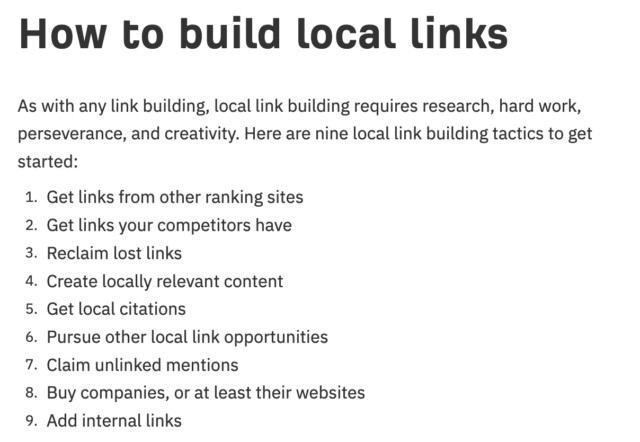The story of how I learned that going viral is overrated is as painful as it is vivid in mind years after the incident. It begins with a Midwestern friend and fellow angler who was enjoying a comfortable retirement until I chose to fish with one of his hair jigs on a fishing trip that had numerous prominent outdoor media members in tow. I used the lure to catch everything from smallmouth and walleye to rock bass, Northern pike, musky, and largemouth bass. My success was shared widely on social media and a few small blogs.
In a matter of days, the fishing lure went viral throughout the Southeast, with fisherman from Arkansas to South Carolina and Virginia calling to order the products by the dozens. Nelson’s phone was ringing nonstop; forums were lit up with comments, questions and praise; emails were so plentiful he had to enlist the help of a friend to answer them; and demand for the jigs was so overwhelming he hired two local junior college students to work part-time.
As a lifelong tinkerer attempting to grow a business out of his garage, this should have been the best time of his life. His product was going viral. Instead, the experience was pure hell.
Learning the hard way that going viral is overrated
I learned of his anxiety upon returning from the weeklong fishing trip and calling him to share the news of my success. His comments were stark, startling and unmistakable.
“Listen, I don’t want you to call me again,” he said. “I really don’t appreciate what you’ve done. From this point forward, don’t call me, email me, interview me… I don’t want you to even mention my name or write about my products.”
I didn’t get it. He knew I wanted to fish with, write about and promote his products. My goal, as a magazine editor, was to highlight small businesses making great products. If that attention increased sales, I reasoned, it was a bonus. Either way, the added exposure could not be a bad thing, especially when you consider it would help his business. Or so I thought.

More harm than good can come from going viral
My reasoning came from a good place, but there were factors at play that I had not considered. Yes, every small business owner hopes for success. But when demand exceeds their capacity to meet it, the depth of despair they experience is crushing. Nelson wasn’t upset at me for helping his business attain the notoriety he’d once hoped for. He was upset, period. He could not forgive himself for being, as he put it, “unable to come through for his customers.”
This incident took place more than a decade ago, but it still resonates today, in large part because creating viral content remains a popular notion in content marketing circles. But while, yes, creating a piece of content that becomes an Internet sensation can feel good and even result in an increase in business for the brand involved, most organizations find the resulting success fleeting when viewed through the prism of their overall goals.
In my work as a digital marketing consultant and business advisor to dozens of small businesses, I’ve found the problem to be three-pronged.
1 – Virality often attracts the wrong audience.
One of the first things brands who’ve had a product or a piece of content go viral notice is that, after the huge groundswell of attention subsides, the residual effects are often lacking. In part that’s because the audience that’s often attracted to the viral content is often not the core audience the business is after. That is, viral content appeals to a broad group of people, many of whom may never purchase a product or service, or engage with the brand thereafter.
That’s why most brands find that they actually receive more long-term web traffic, sell more products and grow the size of their audience with content that does not go viral. This is exactly what Nelson’s jig-tying business experienced: Most of the calls and emails were from folks who were either kicking the tires or who wanted customizations he could not provide.
2 – Many times the links created are of not of great value.
A consistent everyone wants links from NYT, Forbes, Bass Pro Shops, etc. But those links are not of great value: don’t result in organic lift because they are not germane to industry and often send the brand on a quest for more big links.
Most important links are from businesses in your area or your vertical, irrespective of their domain authority, writes Search Engine Journal.
“The traditional thought process when we think about link building is that we want highly authoritative domains to link back to our websites – and we want as many of them as possible.
“However, earning backlinks for smaller organizations can be incredibly challenging, especially if nobody has heard of you. If you’re tasked to build links for a local brick-and-mortar store or service area business, it’s important to understand the relevancy of the links. Local links are done with the intention to show that others with relevance to the local area trust or endorse your business.”
3 – The traffic to their websites is often of low quality.
The traffic websites receive after publishing a piece of viral content or having a product or service go viral is often multiples of the normal traffic to the site. Seeing the graph in Google Analytics go up and to the right is downright intoxicating. Until brands realize that traffic does not lead to more conversions. In large part this is a result of the high proportion of unqualified traffic to the site. That is, most of the visitors who visit your site because of a piece of viral content won’t be interested in making a purchase; they are gawkers.
They are interested in seeing what all the noise is about. These increased visitors count as unqualified traffic because of the low likelihood of converting to a customer.
Finally
Bloggers and writers love to write about products going viral as if there is no downside. That is farcical. It’s one thing when a small business owner is prepared for the onslaught, but many are not, and the consequences can be dire, often resulting in depression and even financial ruin as many stretch themselves too thin and overshoot demand, producing a glut of products that sits idle after demand has subsided.
Now, when I work with small businesses, particularly those whose products have a realistic chance to really take off quickly after market exposure, I walk them through some of the challenges they are bound to face, then help ensure they are prepared and, most important, have processes in place to help stanch the potential deluge.
Today, Nelson maintains a successful small business focused on his primary customer base, but he still wears the scars of his product going viral.
“Going viral is overrated,” he said
His is a great example of how small businesses and the folks who advise them need to be aware of the pitfalls that can closely follow success.






